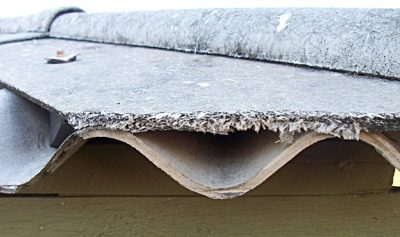5 Tips for Young Engineers is an article written by Sasha Gurke, Elsevier’s and Knovel. Don’t you wish you could turn back the clock and apply the lessons you’ve learned later in life to the decision you made earlier in your career? Well, if you’re a new engineer, here’s your chance. We collected advice from experienced engineers, asking what they wish they knew when they just starting an engineering career. Interestingly, much of the advice was not about technical skills or specific projects. It’s primarily around the need for lifelong learning.
Today’s workforce looks very different than it did a few decades ago. Young professionals no longer stay at one job for 30 or more years – the average tenure in 2012 was closer to five years, according to the U.S. Bureau of Labor Statistics. Young engineers come into the workforce with a broad set of skills, but there is always something new to learn, and it’s wise to value the advice of senior colleagues.
Here’s what we learned:
Find a Mentor.
It may seem obvious, especially in an advice article, but having a more experienced role model available to support career development was a theme among the advice we received. As in all industries, having someone who inspires you to do better and who pushes you to be your best will keep your career on the right path.
Learn How to Manage People.
Building an arsenal of professional skills outside the boundaries of engineering programs can significantly increase an engineer’s value to the organization. At the top of the list of skills is managing people – especially other engineers. “The underlying technology and science for engineering solutions are evolving so quickly that very few people can keep current, but there will always be people coming forward with new skills, understanding, and enthusiasm. The secret is to recognize your duty as a successful young engineer and develop your skills as a manager in an engineering business so you can create the conditions for the next generation of engineers.”– Systems engineer with 30+ years of experience in the defense industry
Ask Question.
Remember the saying that “it is better to remain silent and be thought a fool than to open one’s mouth and remove all doubt?” Don’t believe it. It’s dangerous, especially for engineers. Asking questions forces us to consider all the options. It extends our comfort zone and helps us to grow. “There is no such thing as a stupid question. I’ve sat in meetings where the most senior directors of a company have picked holes in engineering designs by asking the most basic of questions. They’ve taken things right back to the start and made sure the whole design fits together. Through simple, seemingly stupid questions, I’ve witnessed them uncover major issues with designs. The power of simple questions is amazing. If something isn’t clear, ask about it.” – Chris Walker, a Systems Engineer in the defense industry.
Don’t Stop Learning.
Smart young engineers recognize that a diploma is just the first step in a career that will require constant education and a fair amount of re-education. A continual stream of learning for young engineers is required for success. “University education was the beginning. You now have the study tools and confidence to continue learning as a professional.” – James Latty, Ph.D., PE, Chief Engineer, JAL Engineering
Keep Up on Other Engineering Disciplines.
Innovation in engineering can often come from unexpected quarters. While the trend toward specialization is not likely to let up, the need for cross-pollination of engineering disciplines is critical. Innovations in oil and gas engineering can directly impact aerospace engineering, for instance, and new materials used in one industry can benefit others. Young engineers need to keep up-to-date on as many industries as they can. “Not only keep up with trends in your own discipline but also in adjacent disciplines. Engineering disciplines cross-pollinate each other more than ever before and being on top of that gives you a strong edge in your career growth.” – Venu Venugopal, VP of Product Management and Engineering, Knovel.
Now more than ever, young engineers have access to overwhelming amounts of data that can enhance their careers. They are expected to sift through mounds of information to learn and obtain the best possible answer to their query, while still addressing their daily responsibilities. With younger generations of engineers’ access to a significant amount of information, the way they research may be quite different than those nearing retirement. Multiple information search engine platforms are available at their disposal to search for anything from basic equations to an advanced technical material. While having 30+ years of experience in the field is a definite advantage, having a good role model, an expanded skill set, fearless question asking abilities, and continual education don’t hurt much either.
Note: This article is informational only. When making purchasing decisions, conduct your own research. Author: Sasha Gurke, Elsevier’s Engineering Fellow, and Co-Founder, Knovel
For more information or support call us we are here to help you.




